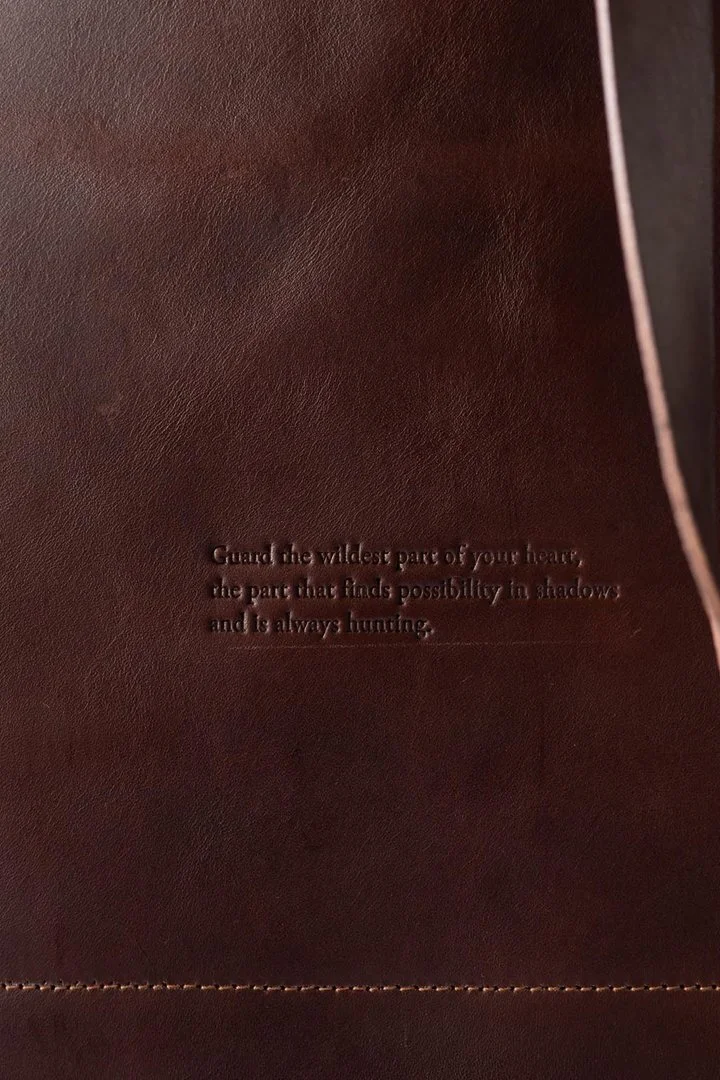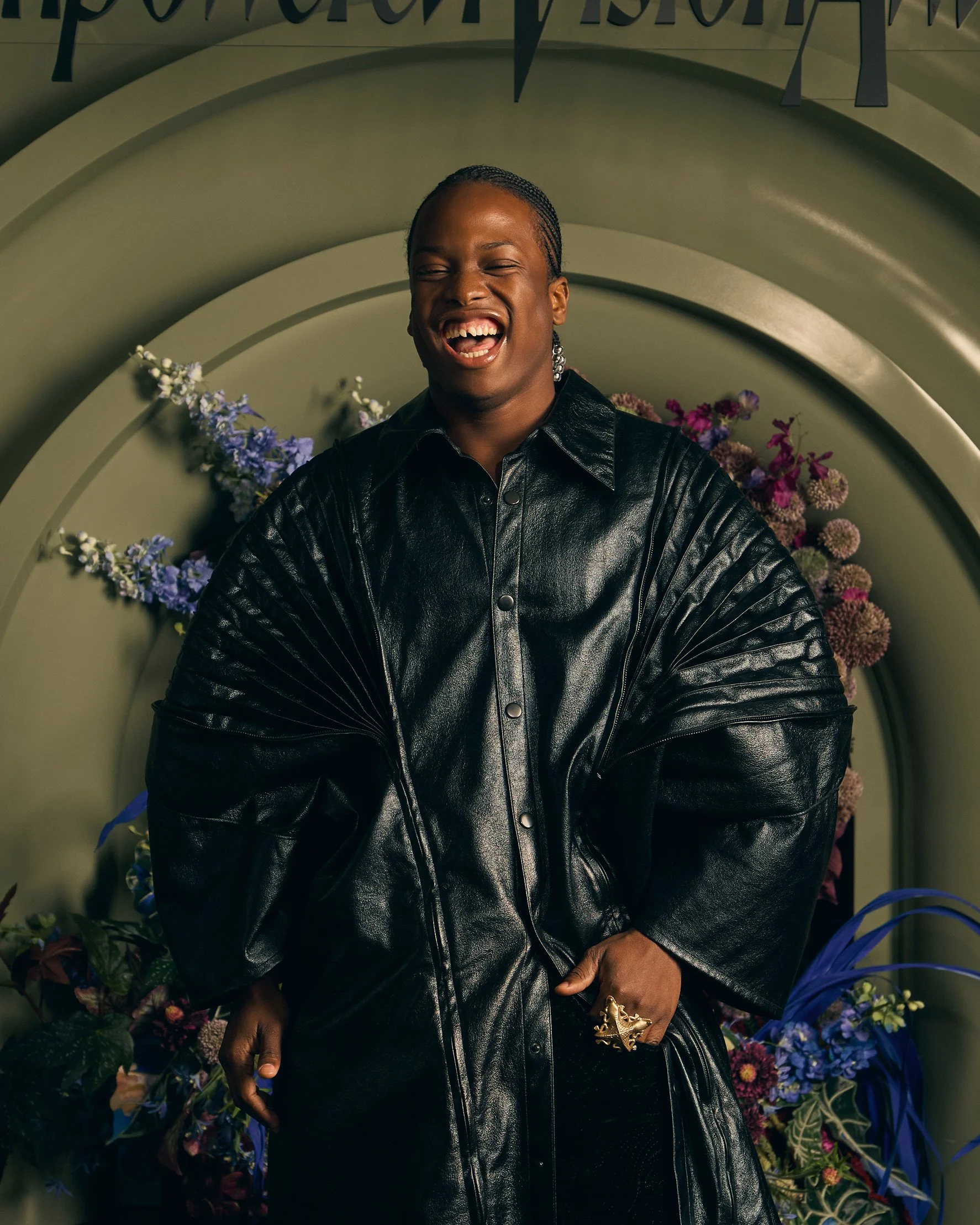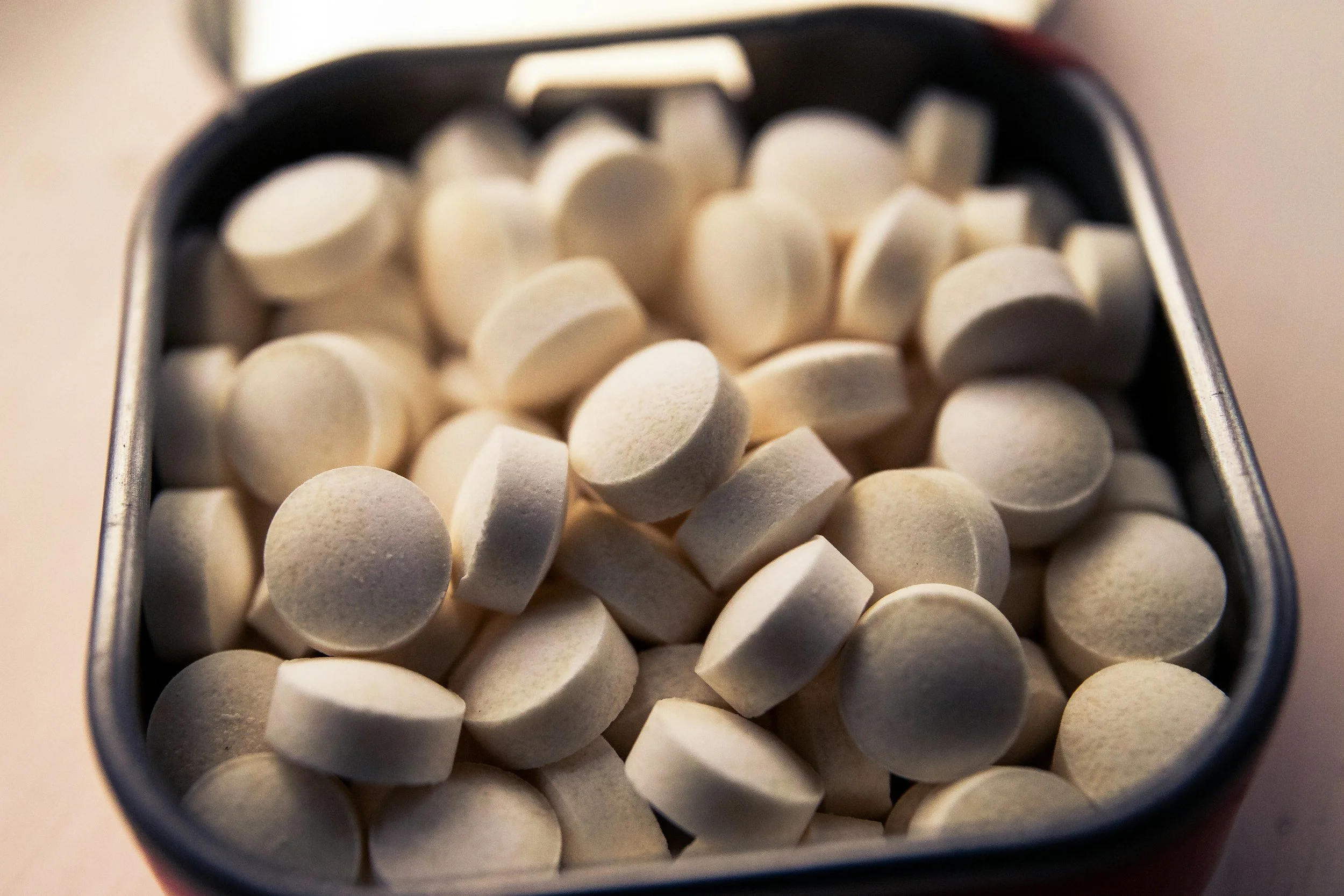21 Questions - Half Time: Q&A with Claire Harper of Harper the Label
By Jessy Humann
Leather is a tricky one in the fashion industry. Some people boycott it while others covet it as an irreplaceable material to be used in everything from fast fashion trends to runway looks. Just like with anything in the fashion industry, there are bad ways and better ways to work with a material.
According to Vogue Business, leather goods like handbags and shoes are the biggest and highest margin category in the luxury sector. The problem is that leather’s footprint is bad for the environment. As a species, cattle are responsible for 65% of the livestock sector’s emissions. On top of that, most leather is made with toxic chemicals like chromium and arsenic, which are harmful to the environment and people who work in the leather supply chain.
If the fashion industry is going to change its relationship with leather, there needs to be more people who care about working with leather in sustainable and ethical ways.
That’s why Claire Harper founded Harper the Label — she wanted to prove that leather can be worked with in a way that doesn’t harm people or the planet.
What led you to start Harper the Label?
I am an artist and a maker, and I always have been. This has taken many different forms over the years, but I really love the act of reflecting back the ideas I absorb from the world and putting my own emphasis on them.
My introduction to leather came through an apprenticeship with a luxury leather goods studio in Brooklyn, and I took from that a basic understanding of how to work with the material. I have been nurturing a passion for sustainable design for years: it has been a natural reaction to the green-washing practices I’ve seen while working in various facets of the fashion industry.
I never set out to be an entrepreneur. In 2019, a mentor encouraged me to give it a go. She had seen my first design, which would become the crossbody bag, and thought it was unique. Without her words of wisdom and advice, I wouldn’t have had the guts to try.
What switched your mindset to think about leather as an ethical material.
Harper the Label was born from my desire to bring transparency to leather, which has historically been a very opaque and hidden industry. I knew that the vast majority of leather products were made using a toxic, harmful process called chrome tanning, and I couldn’t find a leather bag that appealed to both my sense of right and wrong and my design sensibility. So I decided to set out to make that bag myself.
What’s your rationale behind ethical leather sourcing?
At the moment, sustainable brands get cast as “elitist,” because the cost of producing a piece that is traceable and ethical is still much more expensive than a conventional product. It takes much more conscious thought and decision making to produce ethically, but to me it is worth it.
For example, digging into the labor certifications that my factory holds, or making sure that the tanneries I source from have documentation for what they say they produce takes plenty of time and effort. On the other hand, I wouldn’t feel right putting a product into the world without considering the implications of my work.
Where are your products made and why?
My designs are dreamt up in sunny northern California, and then I work with a small workshop in New York City to bring them to life.
Where does the leather you use come from and how does it differ from most leather used in the fashion industry?
Most leather (about 80 to 90 percent of what’s available) has been chrome tanned, meaning that it is cured with chemicals like chromium and arsenic which have been definitively linked to a host of both human and environmental health issues.
My label only uses leather that is certified chrome-free and cured with the tannins from organic matter like seed pods, bark, and leaves. The tanneries I source from are part of the Leather Working Group, an international certification board that works across different regions to provide reliable proof that the tanneries are doing what they say they are when it comes to environmentally sustainable methods of production.
Can you talk about circularity in your brand?
The best I can do for now is to make sure that the leather that I use to create Harper the Label’s designs is as free of chemicals as possible, because eventually it will make its way to a landfill. I hope to inspire people to continue to repair the bags as long as they can, and to extend the life cycle of my products as long as possible.
Why is it so important?
Circularity is a tricky thing when it comes to leather, and I’m not sure there’s a good answer for it yet – many talented people are working on it, though. I’m encouraged that larger brands are putting their resources behind finding solutions to resell their pre-owned products.
Can you talk about greenwashing?
A big part of my design journey has been wrestling with this question of how to add value in an industry that is so focused on virtue signaling, rather than taking action and standing for real change. To me, greenwashing boils down to saying that a company is being sustainable without showing the metrics behind that effort. I’ve defined my ethos for Harper with five main principles – clean leather, fair manufacturing, carbon offsetting, sustainable packaging, and inclusive hiring practices – and I do my best to explain how I’m doing what I say I am. There will always be room for improvement, whether it's in sustainable materials or making sure that the conversation is inclusive. All I can do is my best to explain how I’ve arrived at my choices.
What’s something that’s driving you crazy in the fashion industry?
Something that drives me crazy in fashion at the moment is the marketing of vegan leather options. This is purely marketing, because all the vegan options at the moment are made using various percentages of polyurethane (PU) or poly vinyl chloride (PVC), which is plastic. Plastic is made from fossil fuels, and given what we know about plastic in the waste stream and how it affects human and environmental health, this is hardly a better option than the certified leather I’m working with. Branding these options as “vegan” is only one step above wishful thinking.
What’s your solution to this?
Eventually I would love to be able to offer my Core Collection in both the heirloom quality, certified chrome-free leather I’m currently working with as well as a plastic-free, truly vegan option. I believe that everyone should have the ability and resources to make the choices that make the most sense for them: what is right for me might not be right for you. At the end of the day, I want to provide information and the best options possible so that the customer can make an informed decision for themself.
How and why did poetry make its way onto your bags?
The idea to put poetry on my designs came to me while I was walking through the Metropolitan Museum of Art in New York a few years ago. I stumbled upon a chainmail shirt that would have been worn into battle in the Middle East a few centuries ago, its steel rings woven by an artisan’s hand with links of steel and brass to spell out the Prayer to Ali. The metal fabric protected the body in battle; the prayer protected the soul. I began to think about language as a shelter, used in protective rites as old as the words themselves. Words are significant in many cultures, from gris-gris amulets in the African voodoo tradition, to Fulu magical symbols in Chinese Daoism.
In my own life, poetry has been protective, instructive, and intuitive, and I wanted to bring that to my designs. Harper’s Core Collection features my own poems: small missives of hope written into the folds of leather, too delicate to be seen by others and meant just for the bag’s wearer.
HOW DO YOU FEEL ABOUT FASHION?
COMMENT OR TAKE OUR PAGE READER SURVEY
Featured













With its first-ever U.S. flagship, Gymshark plants a definitive stake in New York—where fitness, culture, and community collide.